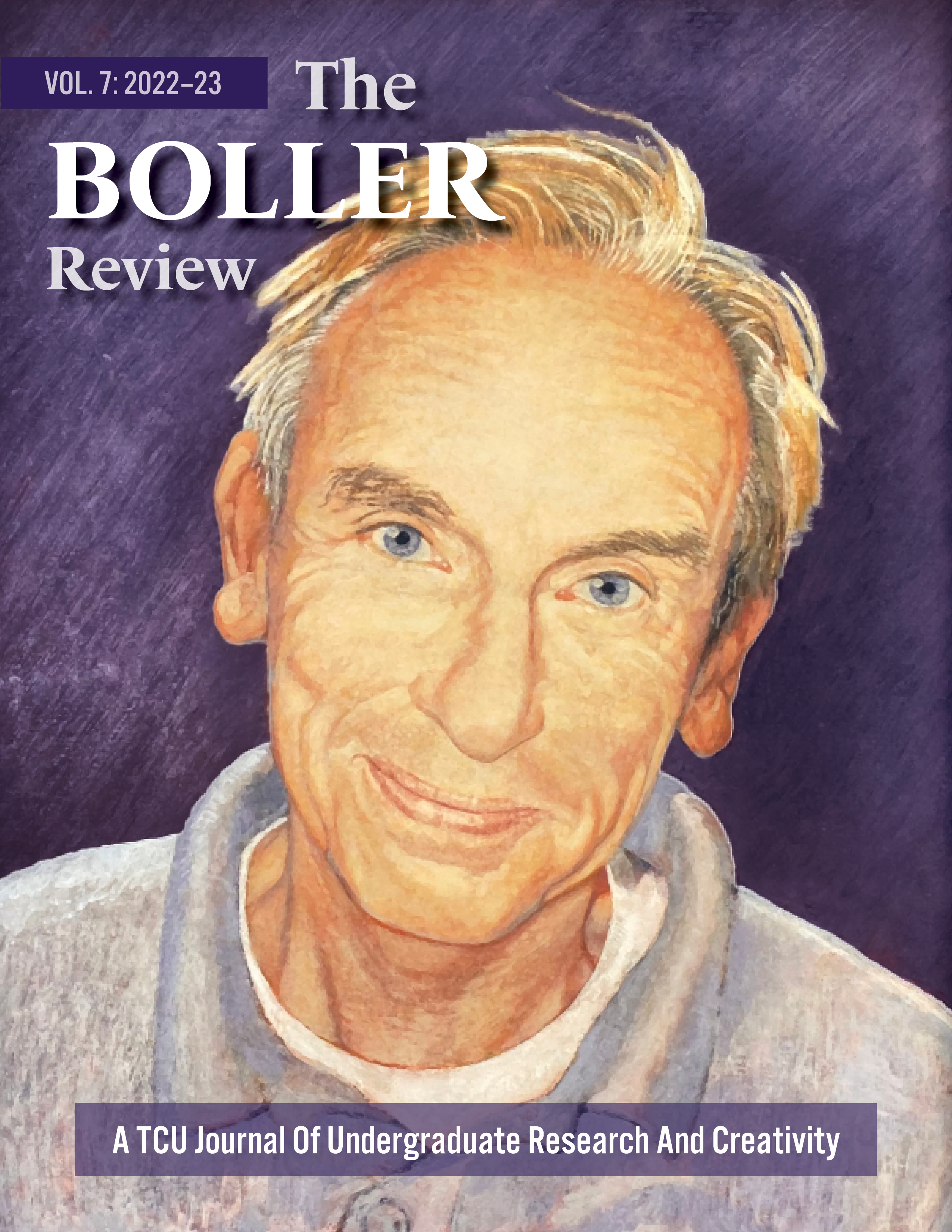Blood Biomarker and Physical Activity Correlations in Persons with Parkinson’s Disease
Main Article Content
Abstract
Parkinson’s disease (PD) is a debilitating disease that reduces an individual’s quality of life (QOL). PD has a complex pathophysiology, but inflammation is a major contributor. Inflammation is a biological process that removes harmful stimuli and initiates the healing cascade. Researchers commonly use inflammatory markers, such as tumor necrosis factor-alpha (TNFα),interferon-gamma (IFNγ), and interleukin 1-beta (IL1β), to study PD pathologies. While PD is irreversible, physical activity is a non-pharmacological treatment exhibiting beneficial outcomes related to PD and inflammation. To determine if exercise frequency affects the quality of life (QOL) and the magnitude of change in inflammatorybiomarkers associated with PD. Researchers recruited 10 individuals diagnosed with PD to participate in a cross-sectional study. Participants completed four questionnaires to determine their current physical activity (PA) level and QOL. Blood samples were analyzed to determine differences in serum TNFα, IFNγ, and IL1β concentrations between different PA levels of persons with PD. With an alpha level of 0.05, this project only yielded two significant results: an unexpected positive relationship between IL1β and PA level and an expected negative relationship between IL1β and QOL. Although they were not significant, several results trended in the expected directions. Discussion: Observed trends indicated that increasing physical activity decreases inflammatory blood biomarker levels and increases QOL while increasing sedentary behavior increases inflammatory blood biomarker levels and decreases QOL.
Comments from Mentors
Julia was such a great example of a student-scholar in her time here at TCU. She took every opportunity to better herself and those around her. Julia’s work ethic within the lab, her desire to learn, and her leadership were all very apparent while she was working on this project. I was amazed at her abilities to learn about the physiological mechanisms of Parkinson’s Disease and to develop meaningful research questions to further our understanding of how physical activity may benefit people with Parkinson’s Disease. As Julia now trains to become a physician, I am comforted to know her future patients will be treated by a knowledgeable, companionate, and empathetic physician. It was an honor to mentor such a strong student that is bound to make a difference in the lives of other.
